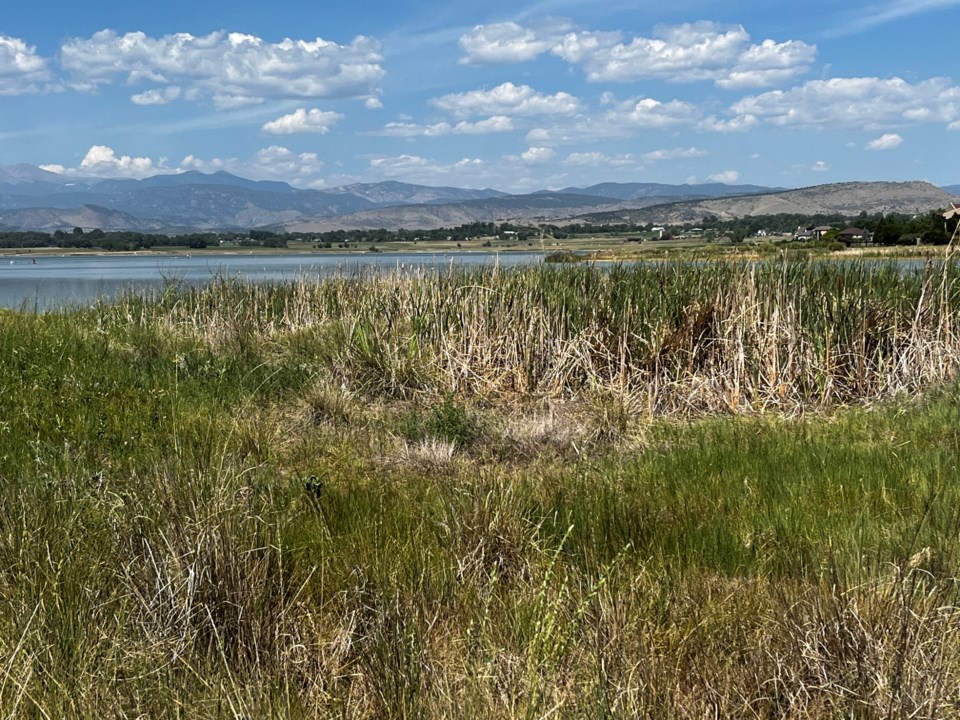The Longmont Leader accepts contributions, photos, and op-eds for publication from community members, business leaders and public officials on local topics. Publication will be at the discretion of the editor and published opinions do not represent the views of the Longmont Leader or its staff. To submit a contribution, email [email protected].
I once lost my dog in a stand of tall grasses in an open space close to home. A rabbit in the distance had prompted her to launch off without her brain in tow, her eyes swirling in opposite directions, and her tongue escaping through the gap in her front teeth. Fourty minutes of me chaotically pacing the trail went by. Sobbing and cursing the dense vegetation in between calls for the little nugget, I watched as she casually and happily returned - evidence of rabbit assassination on her fur, and a trail of destroyed cattails and wildflowers in her wake.
Confusingly both furious and relieved, I vowed to never take her around the area again. I muttered to myself about the city not mowing enough, and how that’d be different had I lived a little closer to the mayor or a gated community or the nice Walmart on the West side of town.
Like so many people, my thinking reinforced a correlation between “proper” space and traditionally groomed space. At that moment, overgrown grass indicated to me a lack of provided resources, or a lack of care on the city’s part, for the space in my neighborhood. Despite having a characteristically Colorado passion for “the wild”, the passion was somehow reserved for the trailheads I paid to park at following an hour drive, not for the beautiful acre tucked in between developed suburbia where I took my dog to complete her duties.
Yet, that intentionally wild and lush space had every right to be there, and now, I realize how lucky I am that it was there at all.
After restrictions waned during the first onslaught of COVID19, National Parks began to see unprecedented numbers of visitors, people looking to capture and experience some of the countless benefits that nature has to offer – mental reprieve, outlets for physical health, and places of freedom and true play. Basic human needs lost in the middle of a pandemic prompting so many to feel confined, lonely, restless, and under stimulated on a collective scale.
But these sought-after National Parks aren’t always as accessible as we’d like to imagine. Many people aren’t lucky enough to live within close proximity, and many don’t have the means to get to them. That’s where local open spaces, tucked inside the developed world and within walking distance of schools, office parks, or home, come in. Natural spaces where we can traverse, explore, learn, and immerse ourselves in that are free of cost. Spaces can also serve as incredible reservoirs of rich resources for important wildlife and act as valuable contributors to climate resilience.
Had the dense grass that swallowed my arguably dense dog been mown to the ground, the eggs and caterpillars of playful pollinating butterflies wouldn’t have survived, and countless prairie birds would have lost their favorite nesting materials. If the vegetation had been “groomed”, the flood mitigating power, erosion control, and bank stabilization provided by the extensive root systems would weaken. Had I read a very well posted sign to keep my hairy child on a leash for both her safety and that of local wildlife, those valuable grasses would have painted a different picture in my mind, one of beauty, resilience, and importance for sustaining a holistically healthy environment.
Just as we push for keeping the wild wild in our distant parks, so should we vie for the protection, preservation, and restoration of our local urban and suburban areas. This may mean at times abandoning the notion that we need neat and tidy overly groomed spaces and exchange it for a focus on stewardship of nature so that all life can benefit from these habitats.
Where can you help?
Learn about the wildlife your local space supports. Contact your city parks department and volunteer. Participate in community science projects that collect important data about the species utilizing these spaces. Enjoy the areas responsibly. We have the power to conserve spaces that are available to everyone and keep pieces of a healthy wild close to home!



